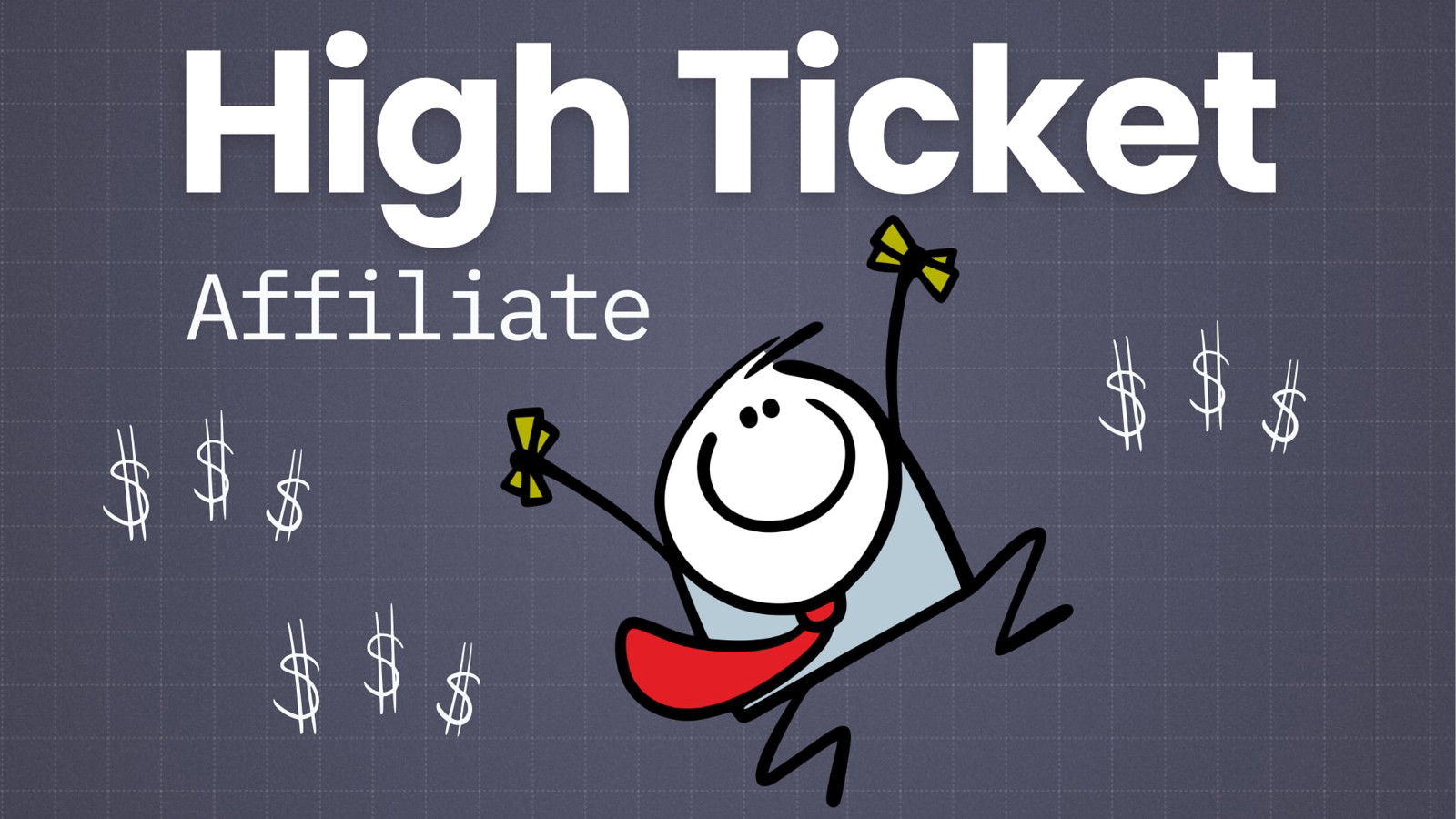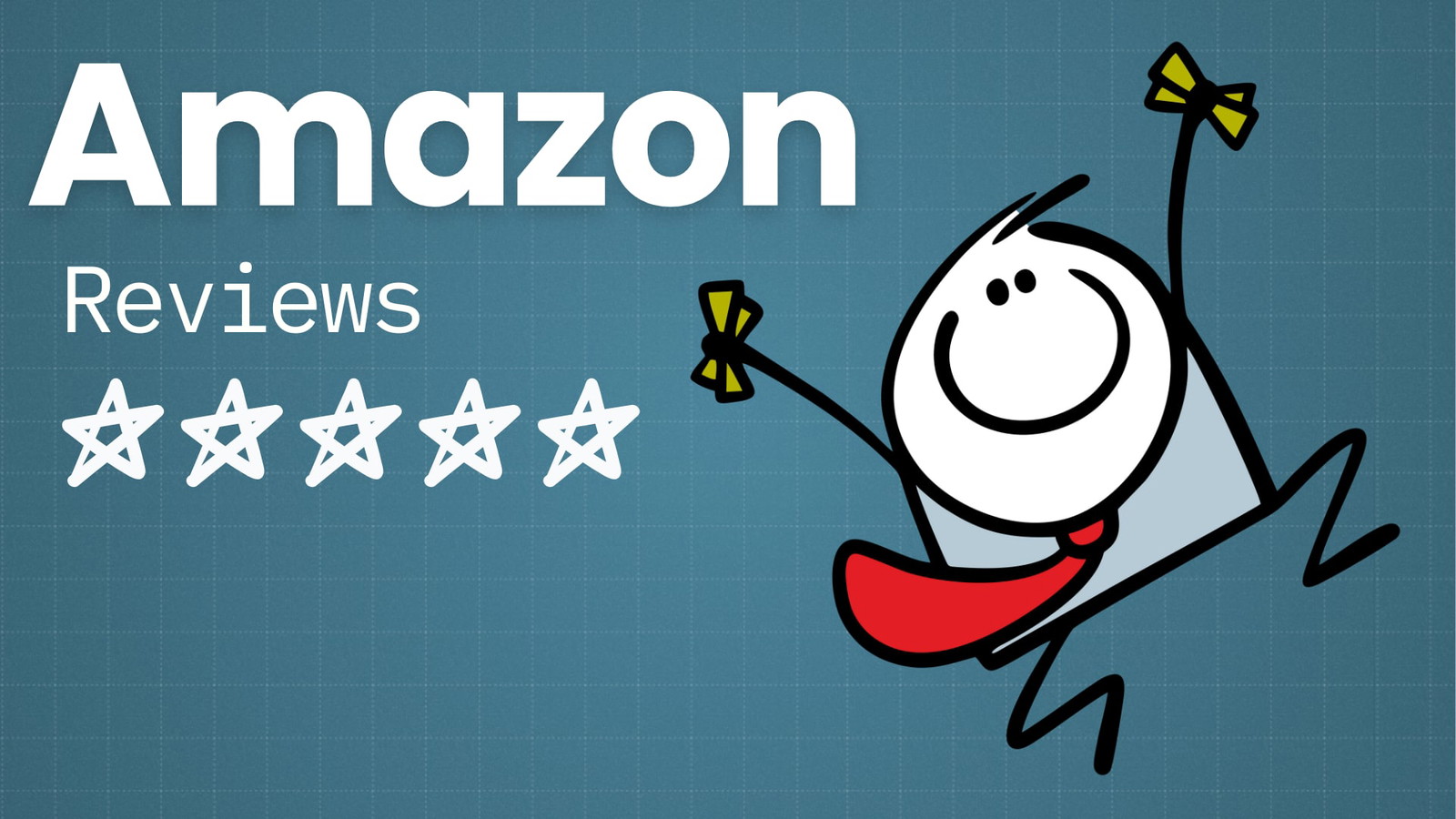Well, we don’t want to say we told you so…
…but we totally did.
What are we talking about?
About how many affiliate marketers started the year with “Fuck Amazon – we’re gone!” after their recent drop in commission rates.
And how few of them actually went through with that…4 months later.
This isn’t something I set out to prove – it came up accidentally while doing some competitor research.
But, to be honest, I wasn’t surprised.
For me, there are two reasons why affiliate marketers didn’t just quit Amazon outright:
- The drop in commission rate was annoying…but not enough to make them jump ship
- Those that tried found out it was far more difficult than they thought it would be
But that’s not to say that we only operate within the Amazon Associate’s program because we don’t.
I also totally get why people were pissed off with Amazon’s decision.
With that said, we know many of you struggle with the “How” of swapping your money pages away from Amazon and to other programs.
So we’re going to show you how we do it.
Finding Alternatives
Our approach to finding new affiliate programs is much the same as how we do our keyword research.
We use Ahrefs to reverse engineer our competitors’ sites
Just be aware that the product or service that a site links to can often be the most profitable product…but not always the best one.
Ethics go straight out the window once some affiliates smell cash.
Using Google is another quick way to find affiliate programs e.g. “dog affiliate programs”.
Or you could head over to the biggest e-commerce sites in your niche and check out what programs they’re promoting.
And finally, find the biggest players in your niche on affiliate networks.
Look for programs with the strongest performance metrics though e.g. ‘Power Rank’ on ShareASale, ‘Network Earnings” on CJ, or ‘Gravity’ on ClickBank.
Testing the Alternatives
The way we like to test the offers we find is to make an exit intent pop up that promotes the sales section of a given Amazon alternative we hope to use.
Something a bit like this:
Amazon is not cool with these kinds of pop ups but other offers are totally fine with it.
This means you can run this on top of your existing pages and not lose any Amazon revenue while testing the water with alternatives.
Let this run for about 1000 clicks to the offer and then calculate how much you made per click.
If the income is higher than amazon, then go to the next step. If it’s not, try another offer.
Making the Swap (and Kicking Amazon out)
Don’t get too excited if an offer makes the cut though.
Many times, we had offers doing well in pop ups but tanking in round up reviews against Amazon.
What we do from there is we pick a few roundups that makes good money but are not exactly killing it and we track their amazon revenue for the last 30 days on page level.
We then swap as many affiliate links as we can to the new offer and compare page level earnings for another 30 days provided you don’t have seasonality swings in your niche.
If the new offer wins, we roll out 4-5 more pages with the same strategy and if it loses, we scale back and return to the old setup (easy to do with revision history in Wordpress).
Going from there
One thing to bear in mind is that swapping affiliate programs probably won’t change your bottom line massively unless a page already earns several thousand dollars per month.
Because there’s very little benefit in getting a 10% increase in revenue for a $100 page i.e. you’ll be earning $110 per month, or a whole extra $10.
Even if some programs have the opportunity to double your revenue.
If the base number is low it won’t change everything, especially considering how much work it is to figure it out.
This is why there is still an argument that starting with Amazon while focusing on growing your traffic and then optimizing for max revenue once you hit a threshold may be the best way to go now depending on the niches.
Wrapping It Up
Hopefully, this quick article has given you a better understanding of the most effective ways to find, implement, and test new affiliate programs.
But Amazon, for all its faults, is still the easiest affiliate program to work with.And if you’d like to hear us riffing on this subject in more detail, don’t forget to listen in on the full episode above.






